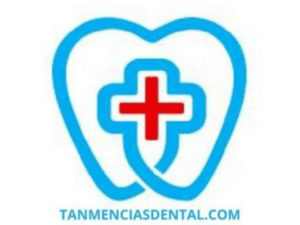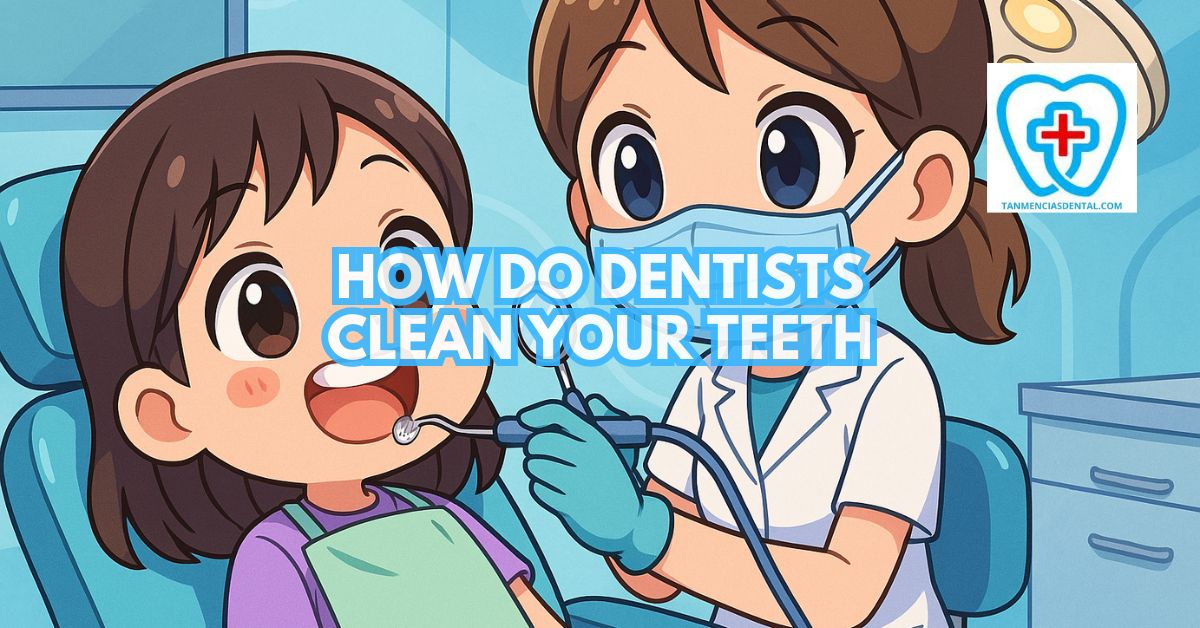Many people ask, “How do dentists clean your teeth?” without knowing what really goes on during a visit.
A dental cleaning isn’t just brushing your teeth at the dentist’s office—it’s a full process with several steps.
Each part is important to remove harmful buildup and keep your teeth and gums healthy.
Knowing what to expect can make you feel more comfortable during your appointment.
We’ll break it down into clear, easy steps.
1. Examine Teeth and Gums
Before cleaning starts, the dentist or dental hygienist checks your teeth and gums carefully.
They use a small mirror and sometimes a tool to gently feel around each tooth.
They look for signs of cavities, gum swelling, bleeding, or loose teeth.
This step helps them understand if your mouth is healthy or if there’s a problem to treat.
If something unusual is found, they may take an X-ray or delay cleaning to fix the issue first.
🦷 How a Teeth Whitening Boutique Can Transform Your Smile in Just Days
2. Use Advanced Cleaning Tools
Dentists don’t rely on regular toothbrushes to clean your teeth—they use special tools made for the job.
A scaler is a metal tool used to scrape off hardened plaque and tartar.
They may also use an ultrasonic cleaner that vibrates to break up buildup and spray water to rinse it away.
A suction tube keeps your mouth clear and dry during the process.
These tools allow for a deeper and more precise cleaning than what can be done at home.
🦷 How Long Can I Eat After Wisdom Teeth Removal?
3. Remove Plaque and Tartar
Plaque forms when bacteria from food and saliva stick to your teeth.
If it isn’t brushed away in time, it hardens into tartar, which can only be removed by a dental professional.
The dentist uses a scaler or ultrasonic tool to carefully chip away the tartar.
They focus on areas near the gums and between teeth where buildup is most common.
This step helps prevent serious problems like gum disease or tooth loss.
🦷 Do You Brush Your Teeth Before Or After Whitening Strips?
4. Polish with Special Toothpaste
Once the hard buildup is removed, your teeth are polished using a gritty toothpaste.
The hygienist uses a small, rotating brush to spread the paste and buff each tooth.
This smooths the tooth’s surface and removes any minor stains.
A polished surface also makes it harder for new plaque to stick.
The paste is safe but stronger than everyday toothpaste.
🦷 Why Ignoring a Wisdom Teeth Removal Emergency Can Lead to Serious Health Risks
5. Professional Flossing
Even if you floss daily, the dentist gives your teeth a more thorough flossing.
They reach between each tooth to remove leftover polish, plaque, or food bits.
This helps prevent cavities and keeps your gums healthy.
If any areas bleed, the dentist may check for signs of gum irritation or gingivitis.
It’s a simple step, but it plays an important role in complete cleaning.
🦷 How Does an Electric Toothbrush on Gum Recession Improve Oral Health?
6. Apply Fluoride Treatment
Fluoride helps protect teeth by making the outer layer stronger.
Dentists apply it as a gel, foam, or varnish directly to your teeth.
It stays on the surface for a few minutes to let the minerals soak in.
This treatment helps reduce your risk of cavities between cleanings.
It’s especially useful for kids or people with weak enamel.
🦷 Why Choosing the Right Abutments In Dental Implants Matters for Aesthetic Outcomes
7. Rinse with Fluoride Solution
After polishing and fluoride application, you might rinse your mouth with a fluoride solution.
This helps clear out leftover paste and debris.
It also provides an extra layer of protection against decay.
The rinse is quick and usually has a mild taste.
It leaves your mouth feeling clean and refreshed.
🦷 How Do Infections From Wisdom Teeth Removal Occur? Exploring Causes and Risk Factors
8. Numb Sensitive Teeth (if needed)
If your teeth or gums are very sensitive, the dentist may numb certain areas before starting.
A numbing gel can be applied to your gums, or a small shot may be used for stronger relief.
This helps make the cleaning more comfortable and less stressful.
Numbing usually wears off shortly after the visit.
It’s not always needed, but can be helpful for people with tooth pain or gum issues.
🦷 How Does Smoking Contribute to Gums Ripping and Other Gum Problems?
9. Provide Oral Hygiene Tips
Before you leave, the dentist or hygienist may share advice about brushing and flossing at home.
They might show you better brushing techniques or suggest using a softer toothbrush.
If they notice a problem area, they’ll point it out so you can improve your routine.
They may also recommend products like mouthwash or fluoride toothpaste.
These tips help you keep your teeth cleaner between visits.
🦷 Why Dissolvable Teeth Whitening Strips Are Perfect for Sensitive Teeth
10. Schedule Regular Cleanings
Most people should visit the dentist every six months for a cleaning.
Regular cleanings help prevent problems and keep your teeth and gums in good shape.
If you have gum disease or a history of cavities, you might need more frequent visits.
Skipping cleanings can lead to pain, infections, or costly dental work.
Booking your next visit before you leave helps you stay on track.
🦷 Comprehensive Dentistry Services in Marikina
👨⚕️ Conclusion
Every step in the cleaning process plays a role in keeping your mouth healthy.
Dentists and hygienists use special tools and treatments to clean areas that brushing can’t reach.
From checking your gums to applying fluoride, each part helps prevent future problems.
Understanding how dentists clean your teeth makes it easier to care for them at home.
Regular cleanings are one of the best ways to protect your smile for the long term.
😊 Self-Promotion
Come visit us at Tan-Mencias Dental Clinic, located at 44 G. Del Pilar Street, Parang, Marikina City!
We’re here to help you keep your smile healthy and bright in a clean and friendly environment.
If you have any questions or want to book an appointment, you can call us at 09171451074.
You can also send us a message through our Facebook page or our website’s contact form.
We’re excited to take care of your dental needs—see you soon!

